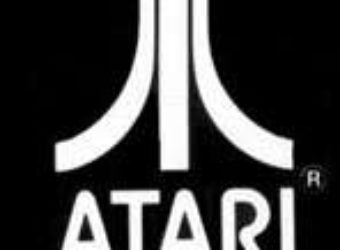March 17, 1988: Apple Sues Microsoft, HP over GUI
Subscribe! Spotify | RSS | More

Happy St. Patrick’s Day!
1988 – The Graphical User Interface (GUI) is what we use daily to open up email, our web browser and even those apps on your smartphone or tablet. With the first real GUI came the first copyright infringement for it as Apple sued both Microsoft and Hewlett-Packard for stealing features from Macintosh’s interface.
Hewlett Packard was also named for their New Wave desktop environment. Missing from the suit is Microsoft Presentation Manager, which became the interface for IBM’s OS/2.
The lawsuit got muddied when Xerox sued Apple for the same thing. That instance got thrown out rather quick. But the original suit lasted until 1994 when the court ruled: “Apple cannot get patent-like protection for the idea of a graphical user interface, or the idea of a desktop metaphor…”
Apple tried to take the case to the Supreme Court but was denied.

Subscribe to Day In Tech History:
RSS Feed - iTunes - Android - Spotify - iHeartRadio
Facebook -
- RSS Bandwidth by Cachefly Get a 14 Day Trial
- Join me on Patreon and support Day in Tech History
- Apple files suit to Microsoft and HP
- Office 97 Small Business Edition is released
- Tim Paterson contacts Microsoft on intent to sell MS-DOS













